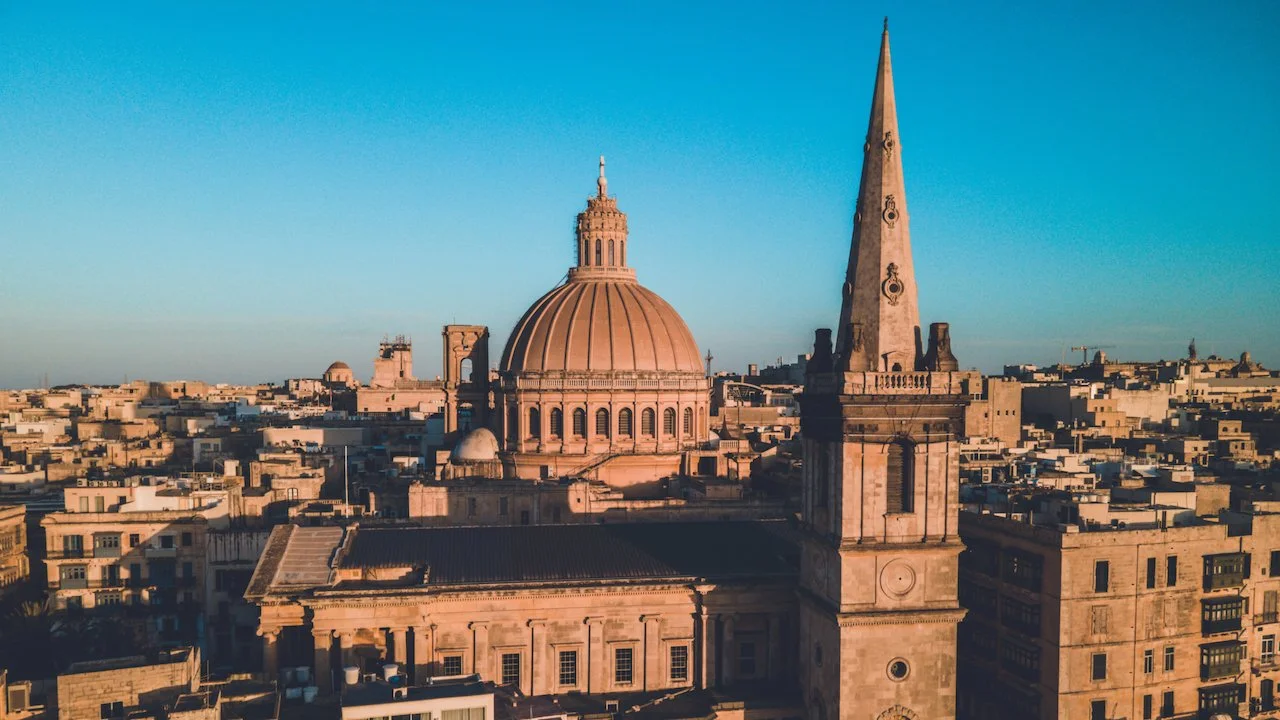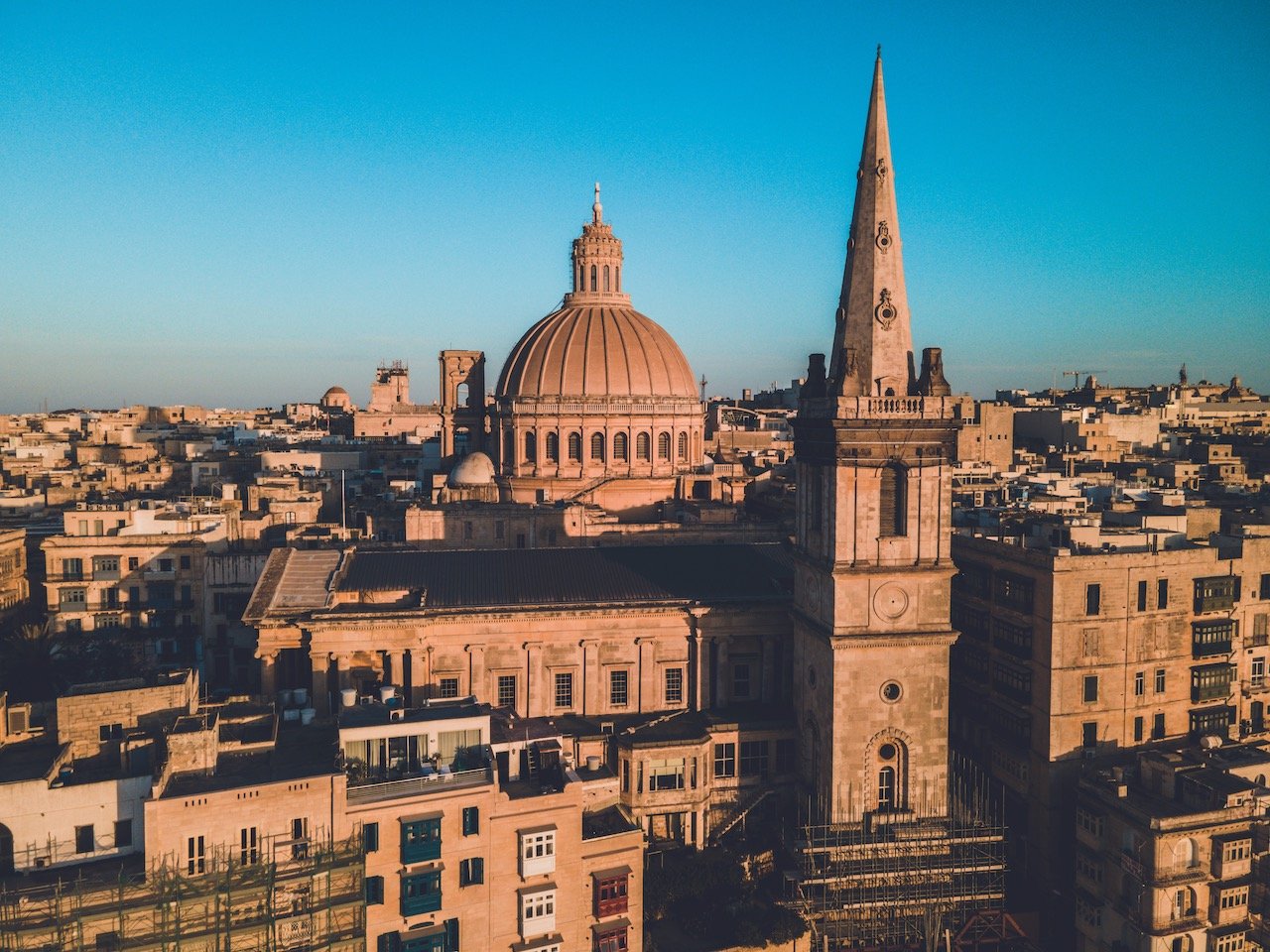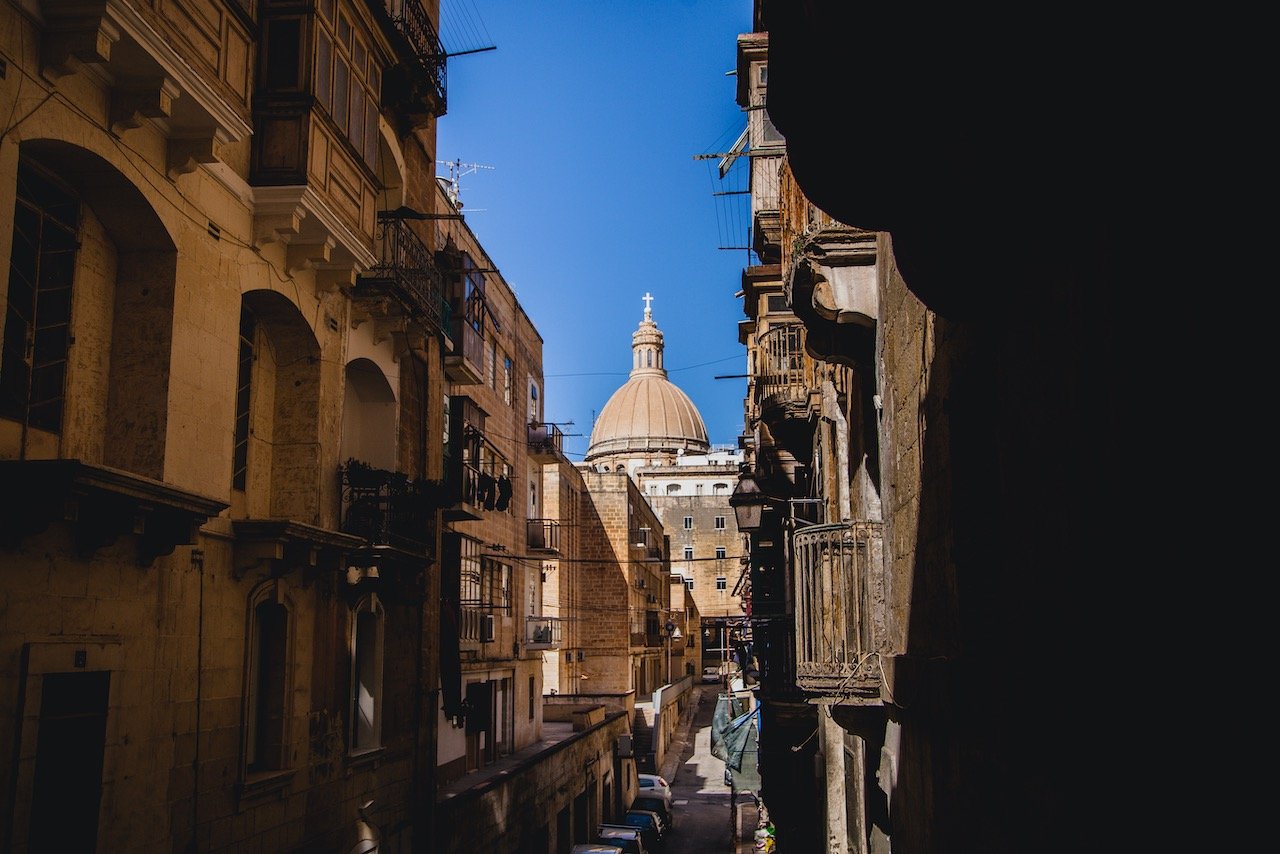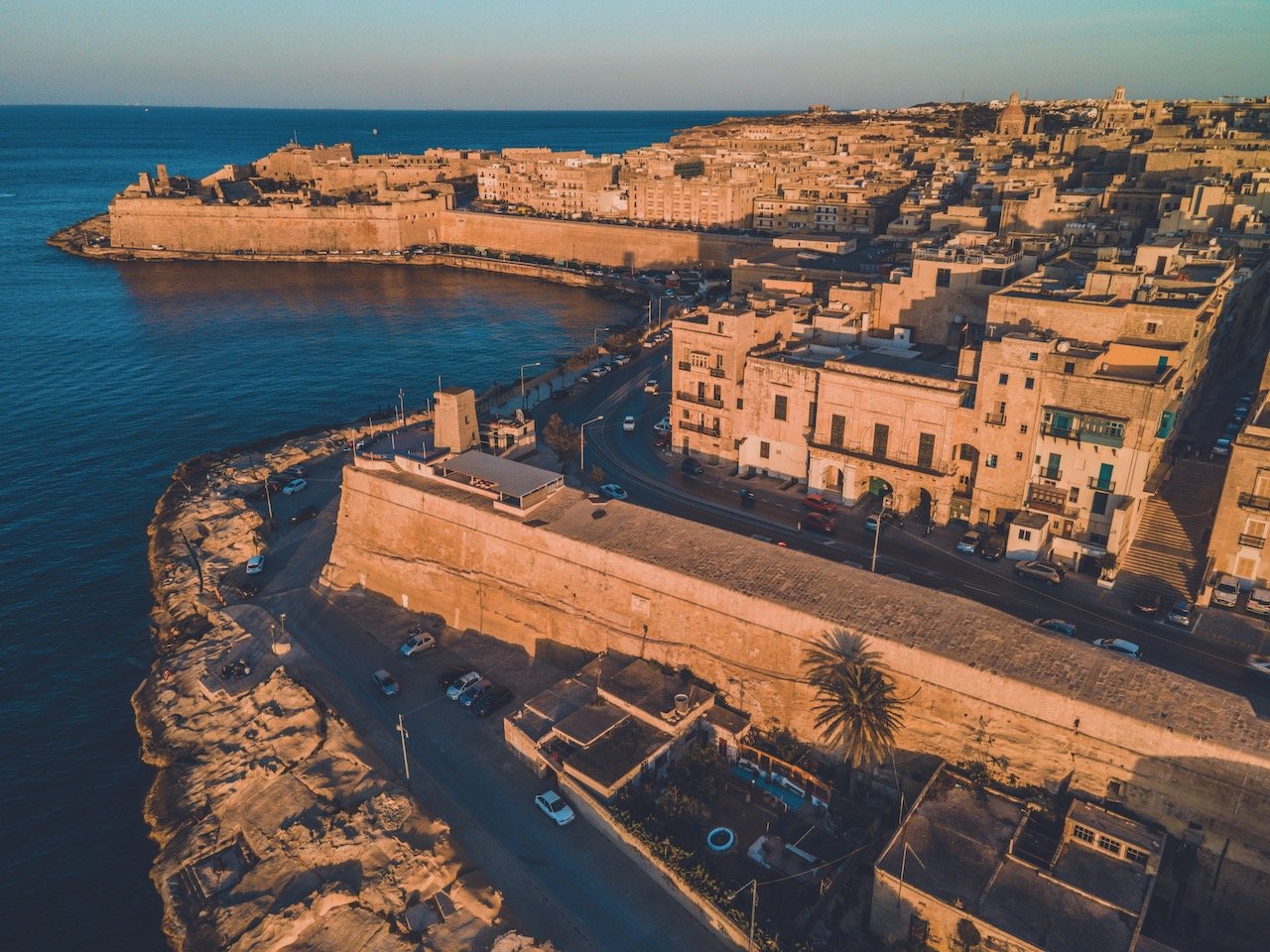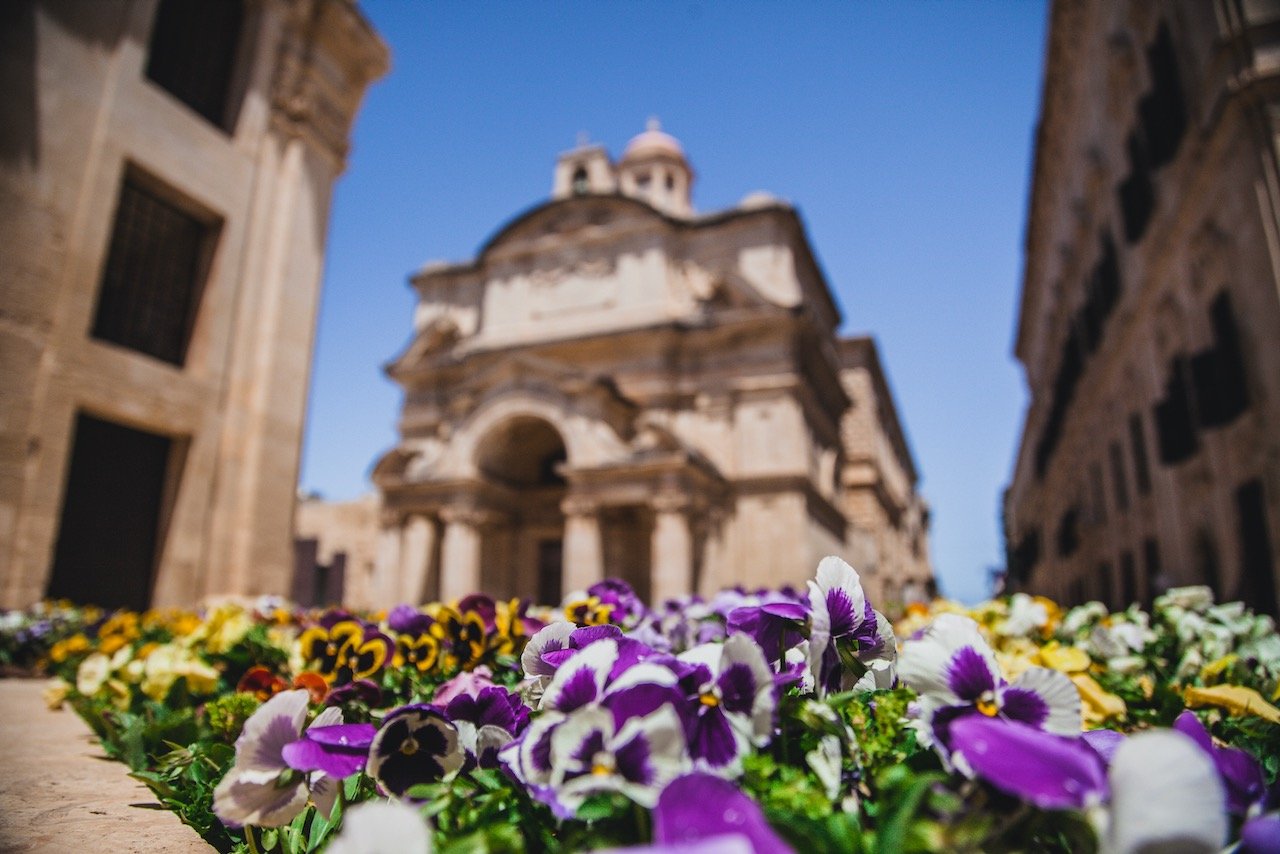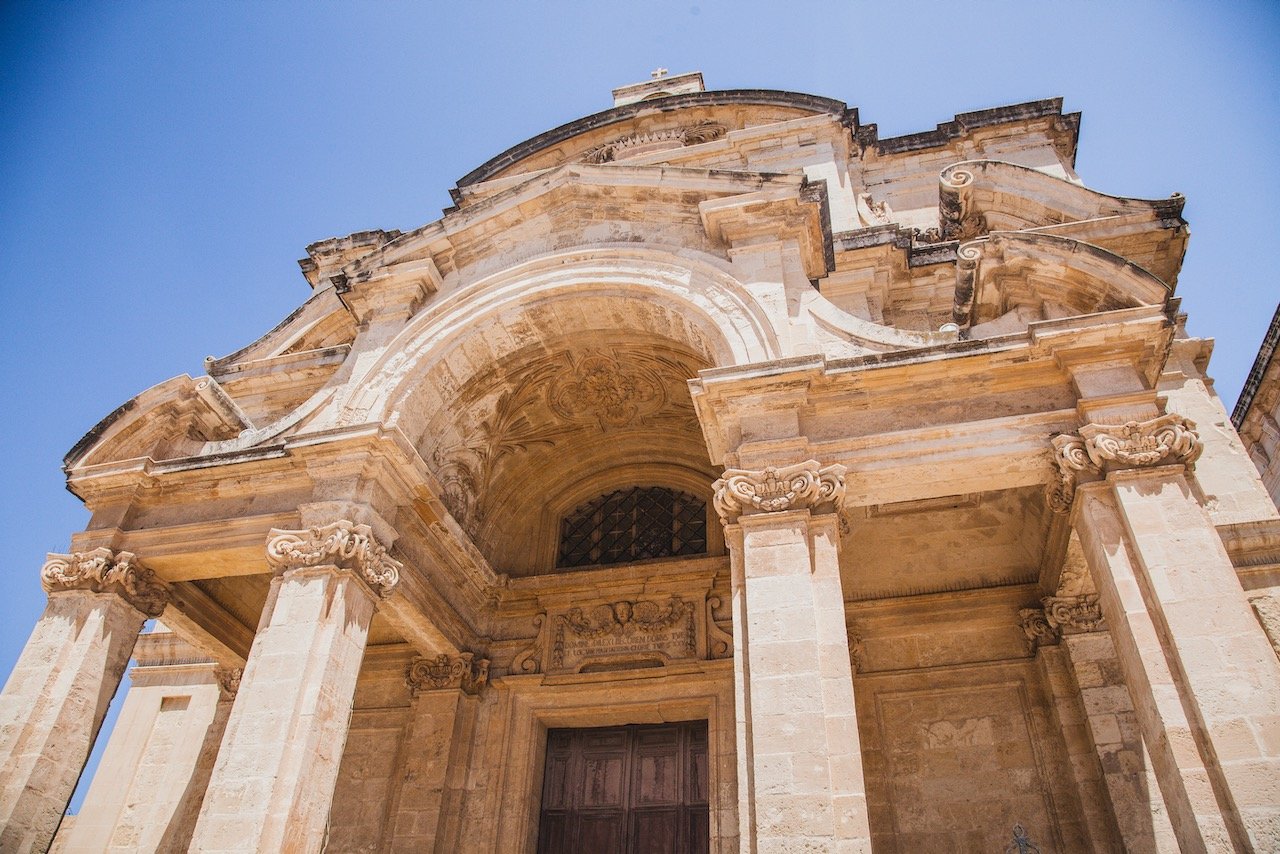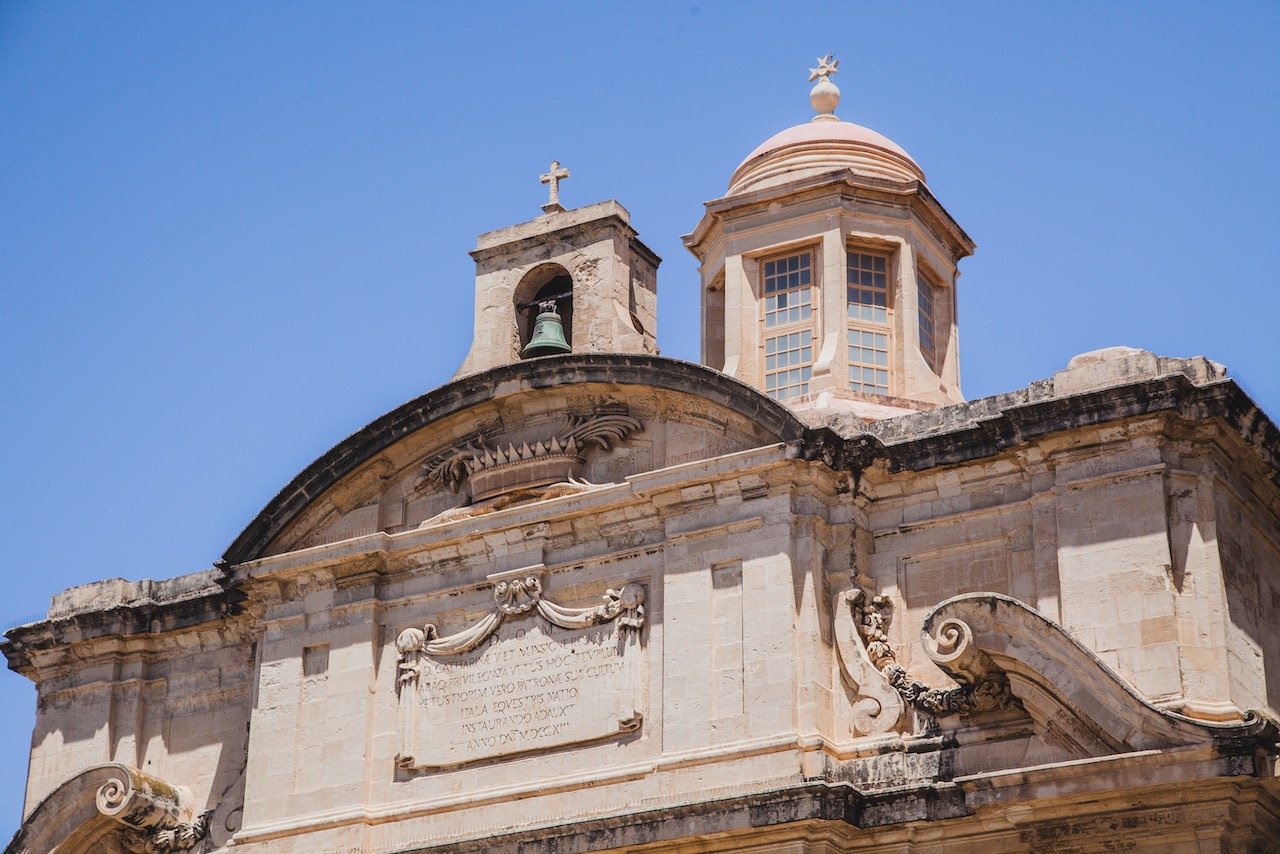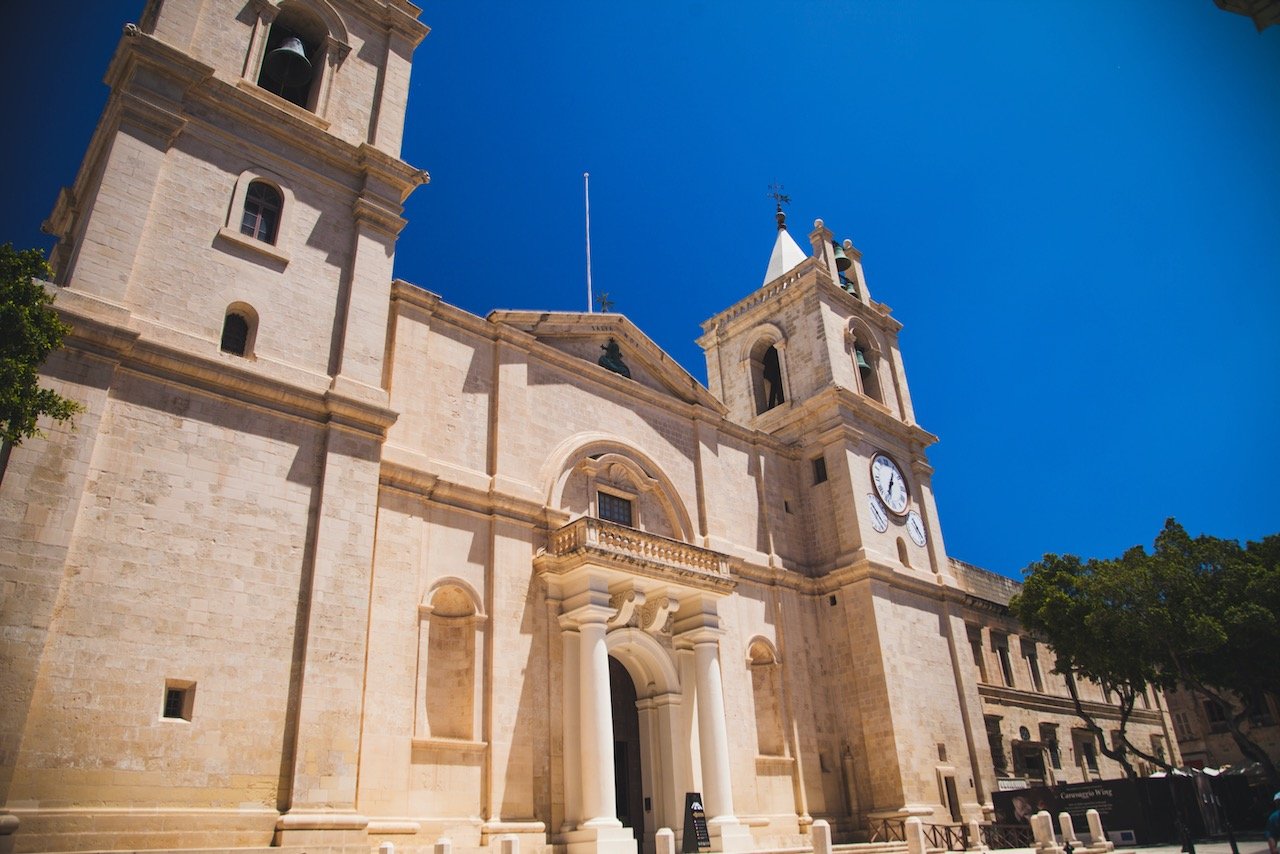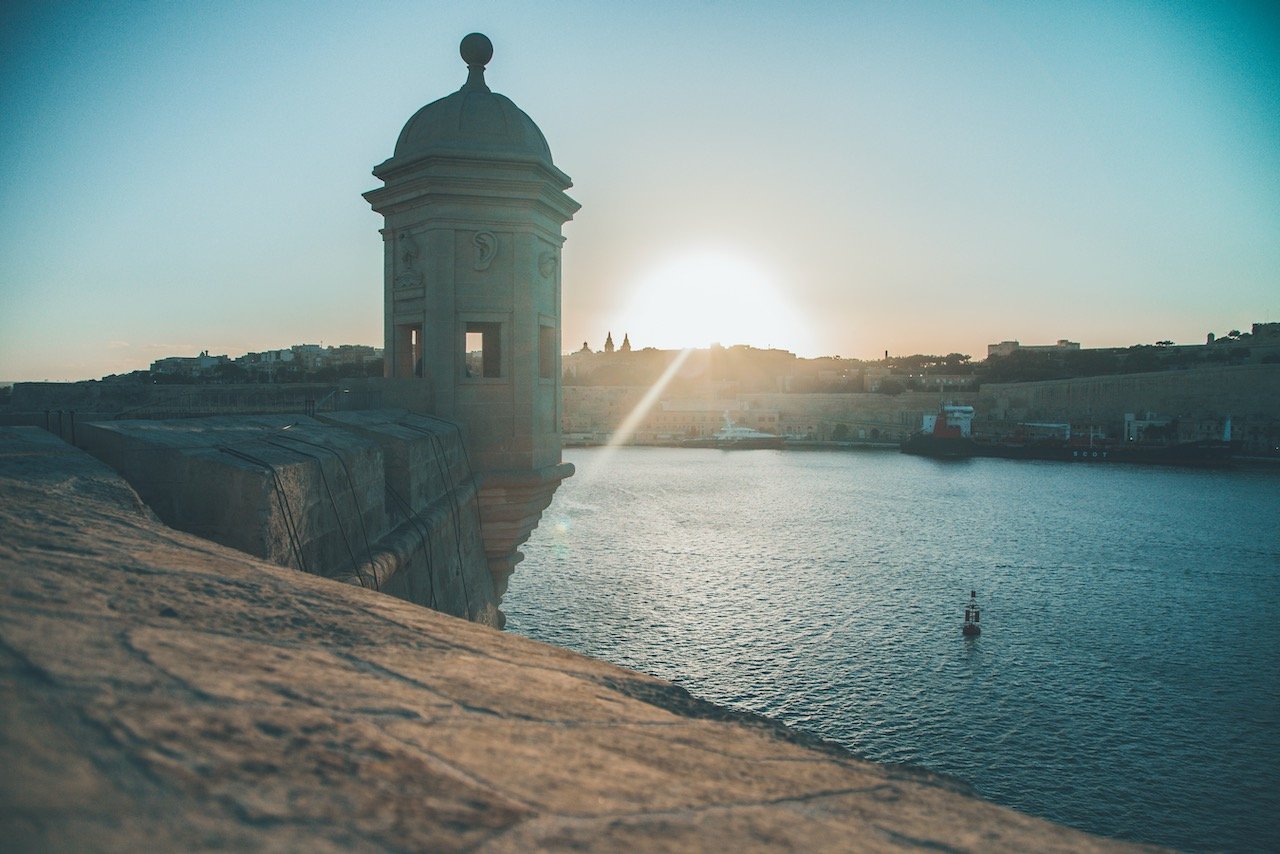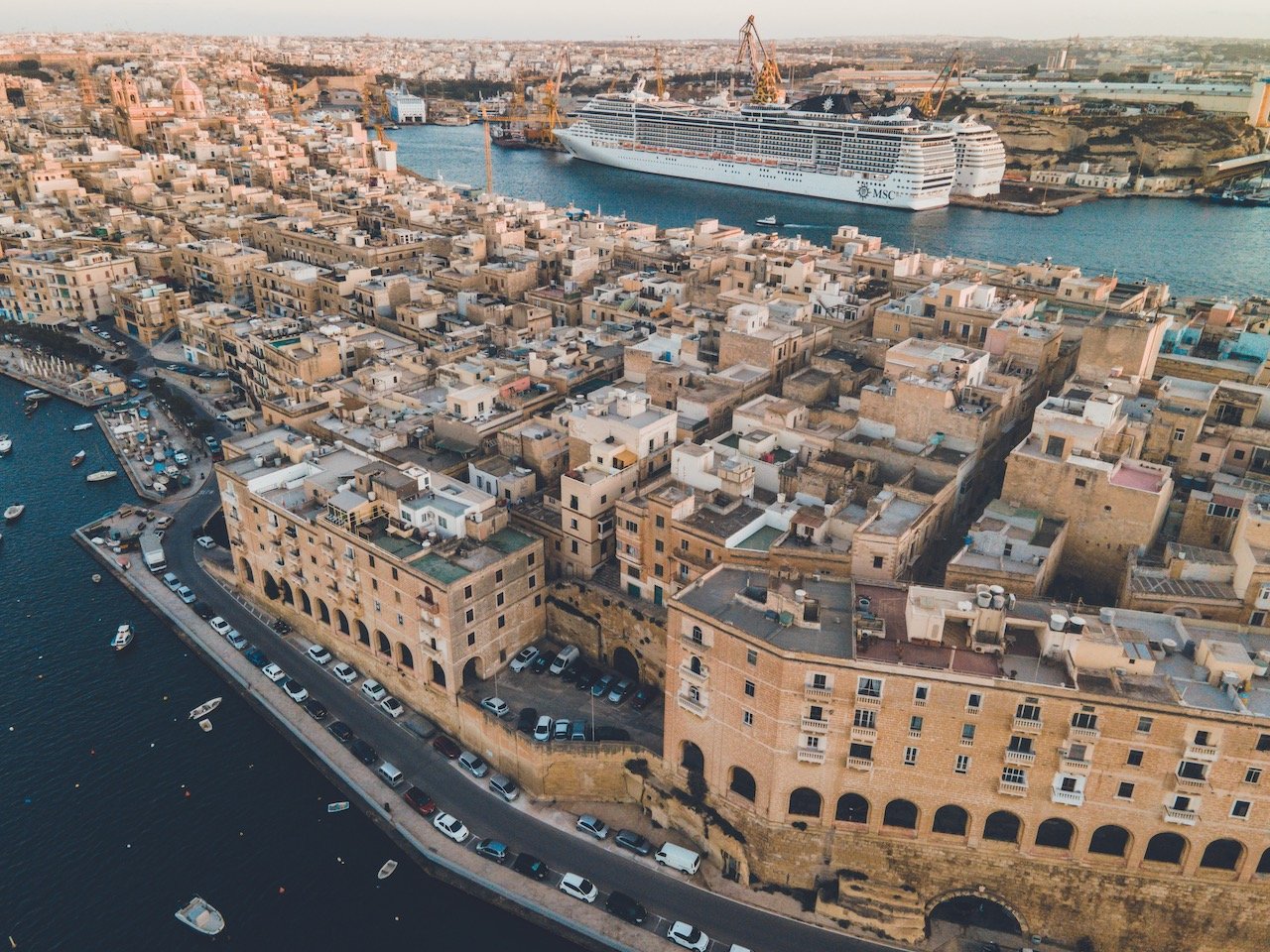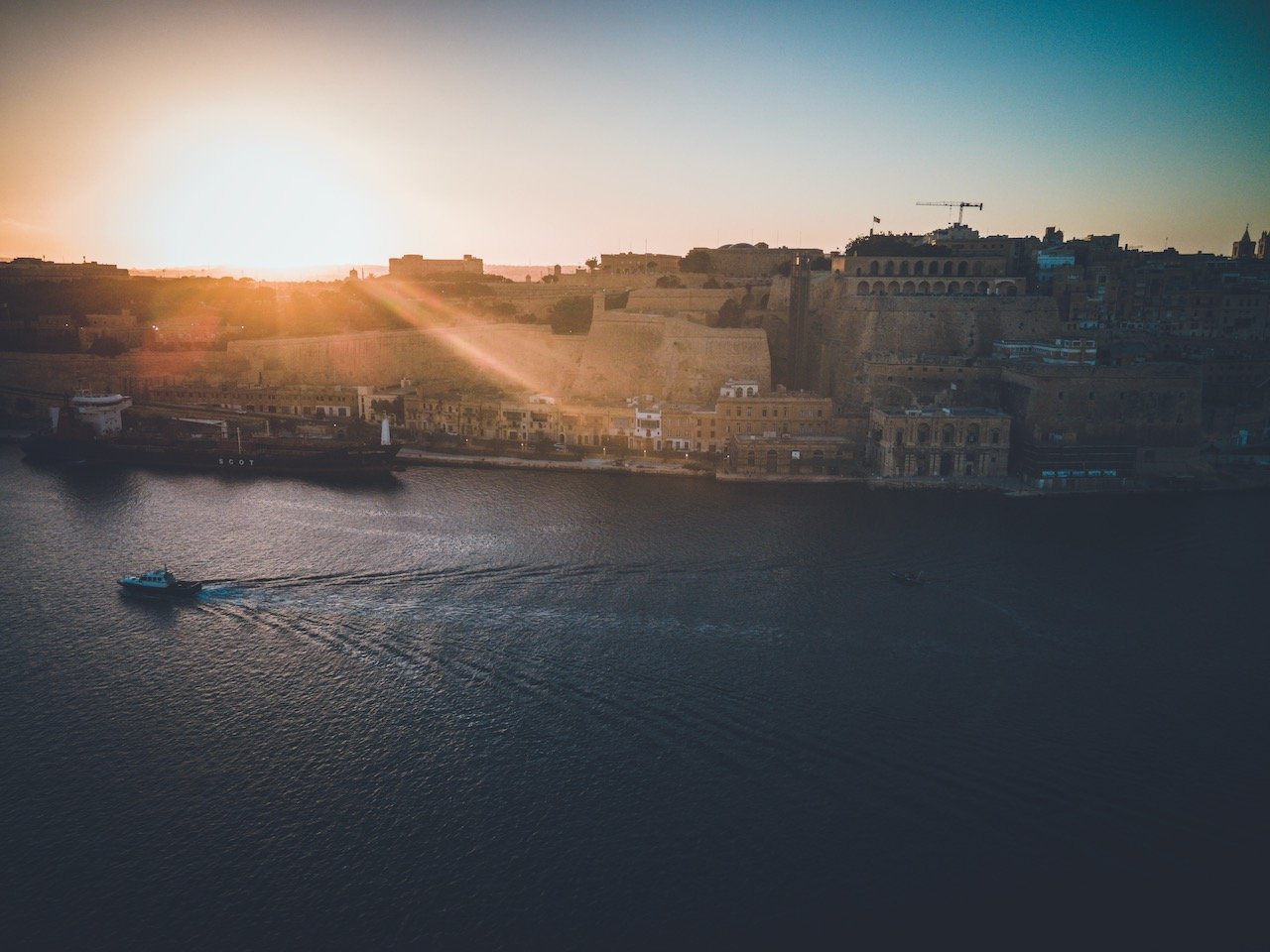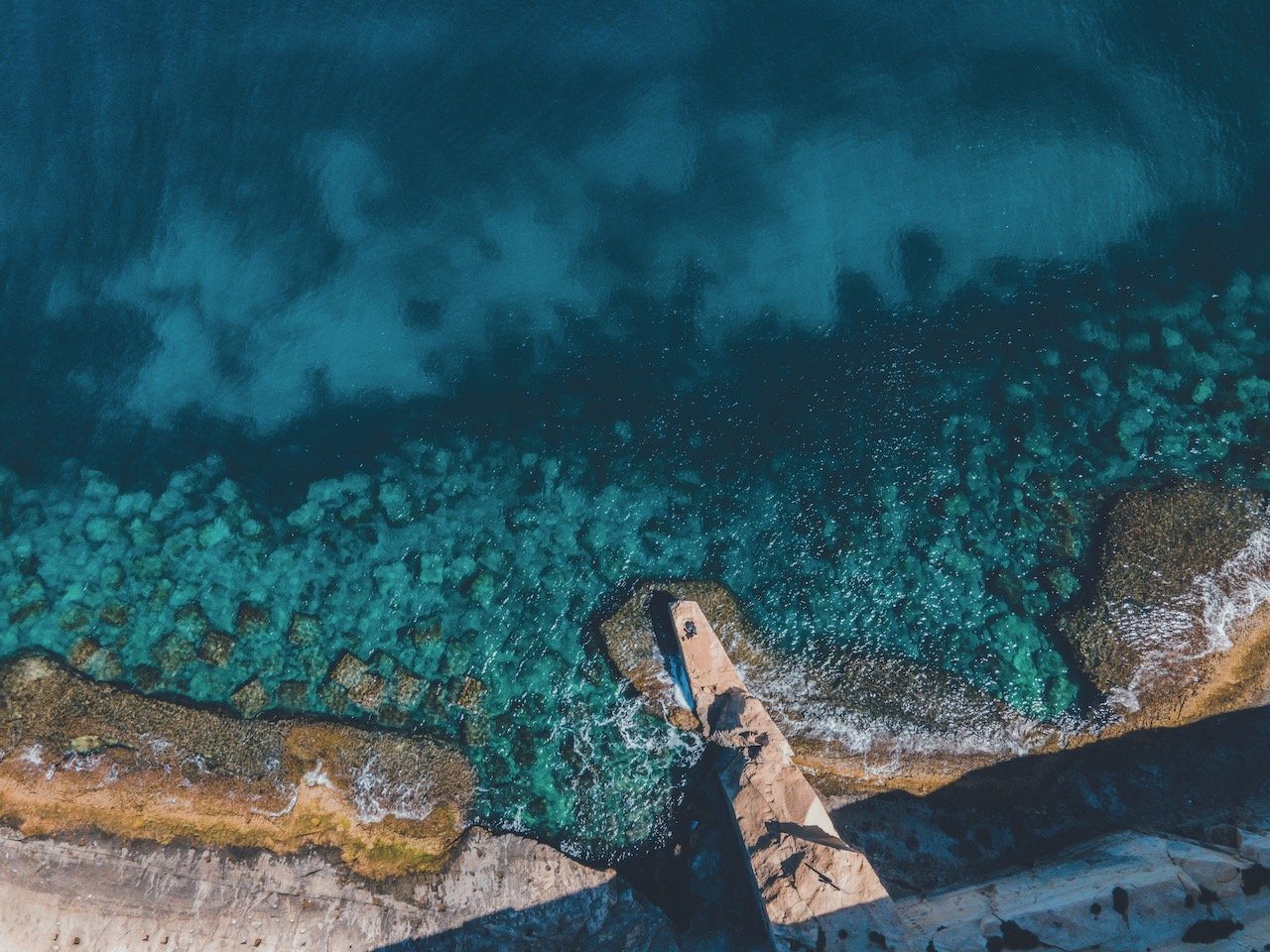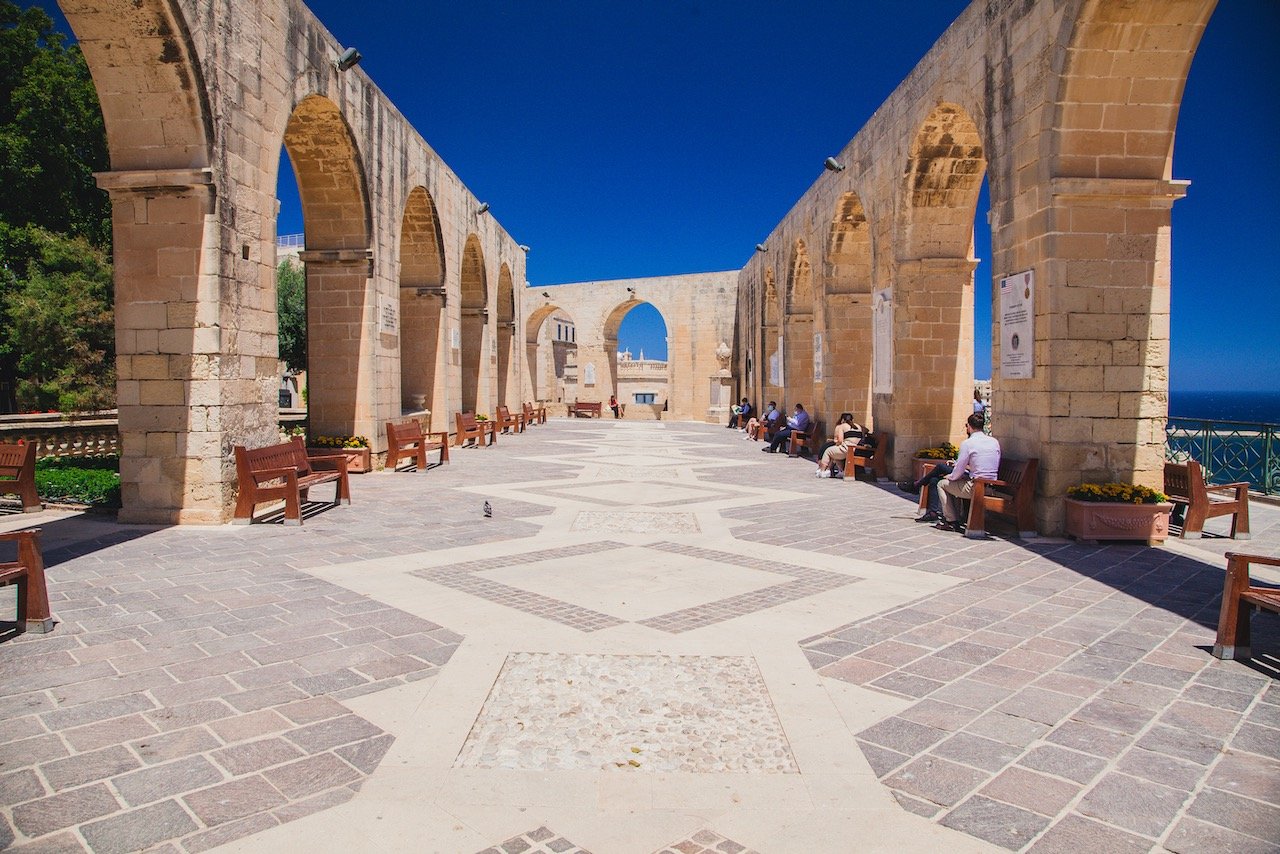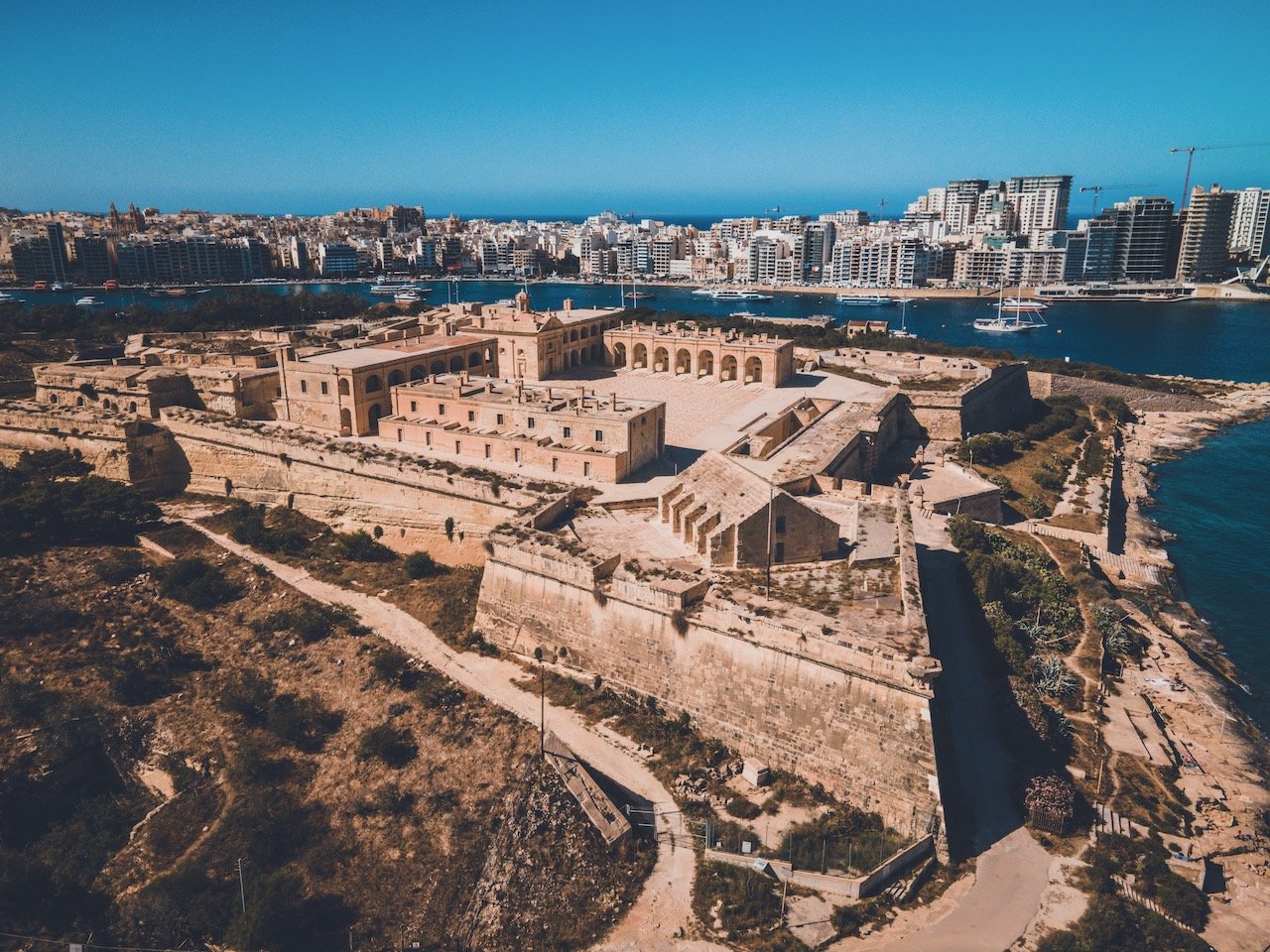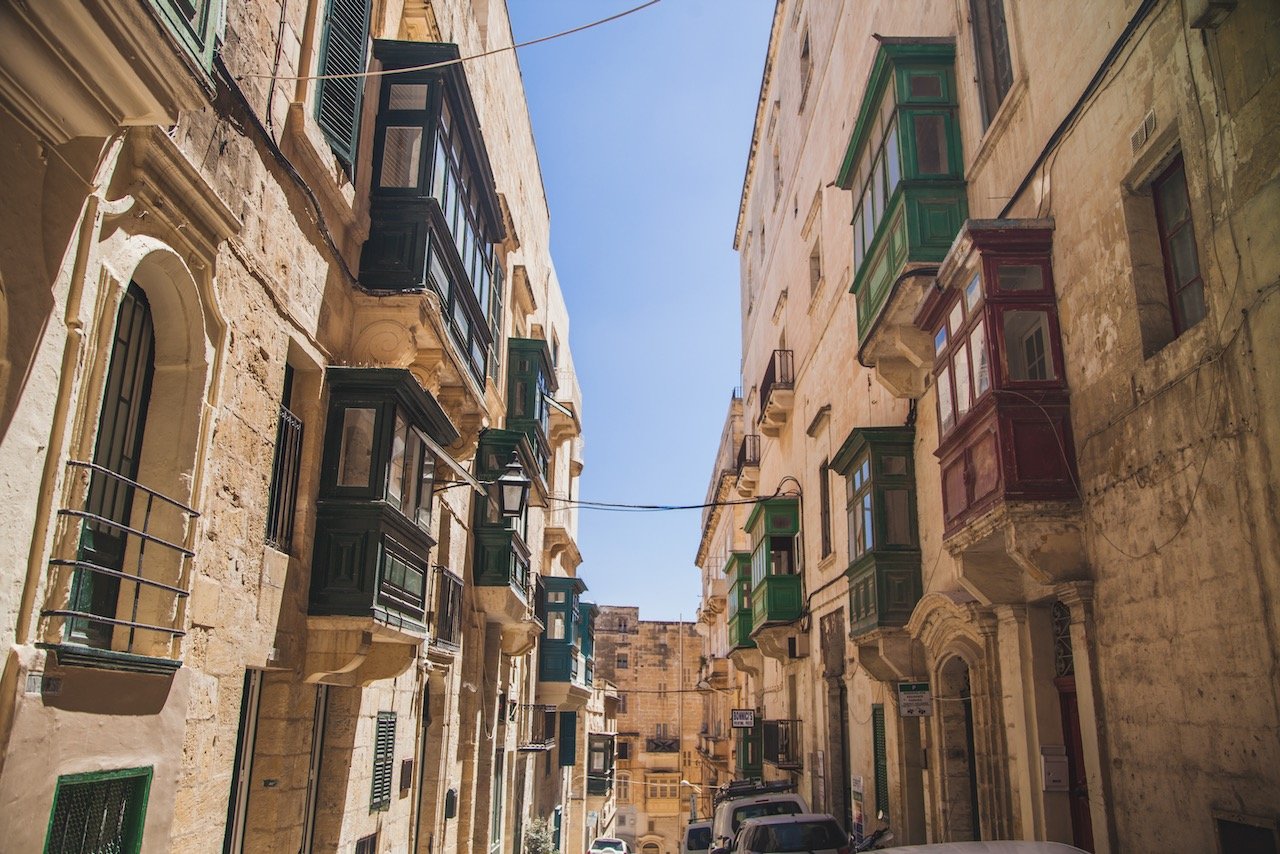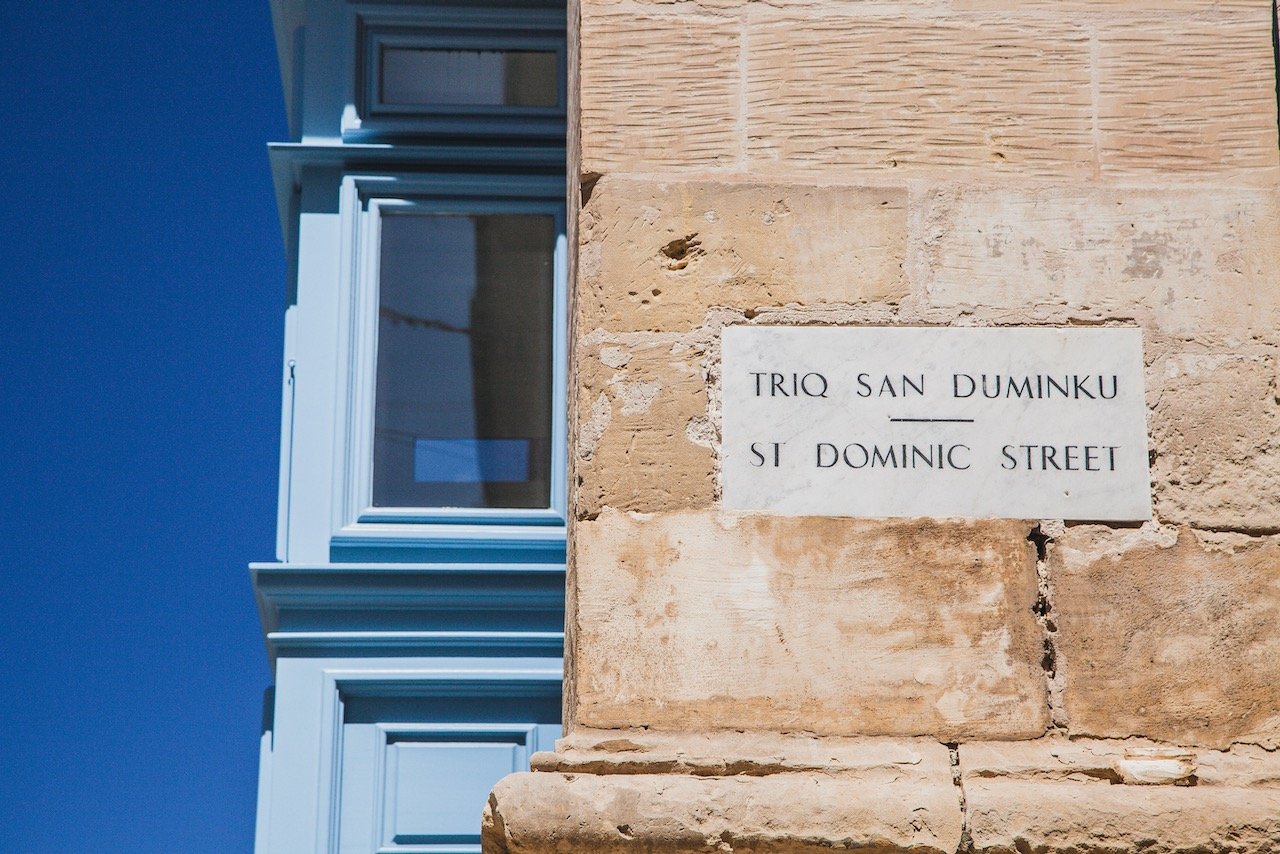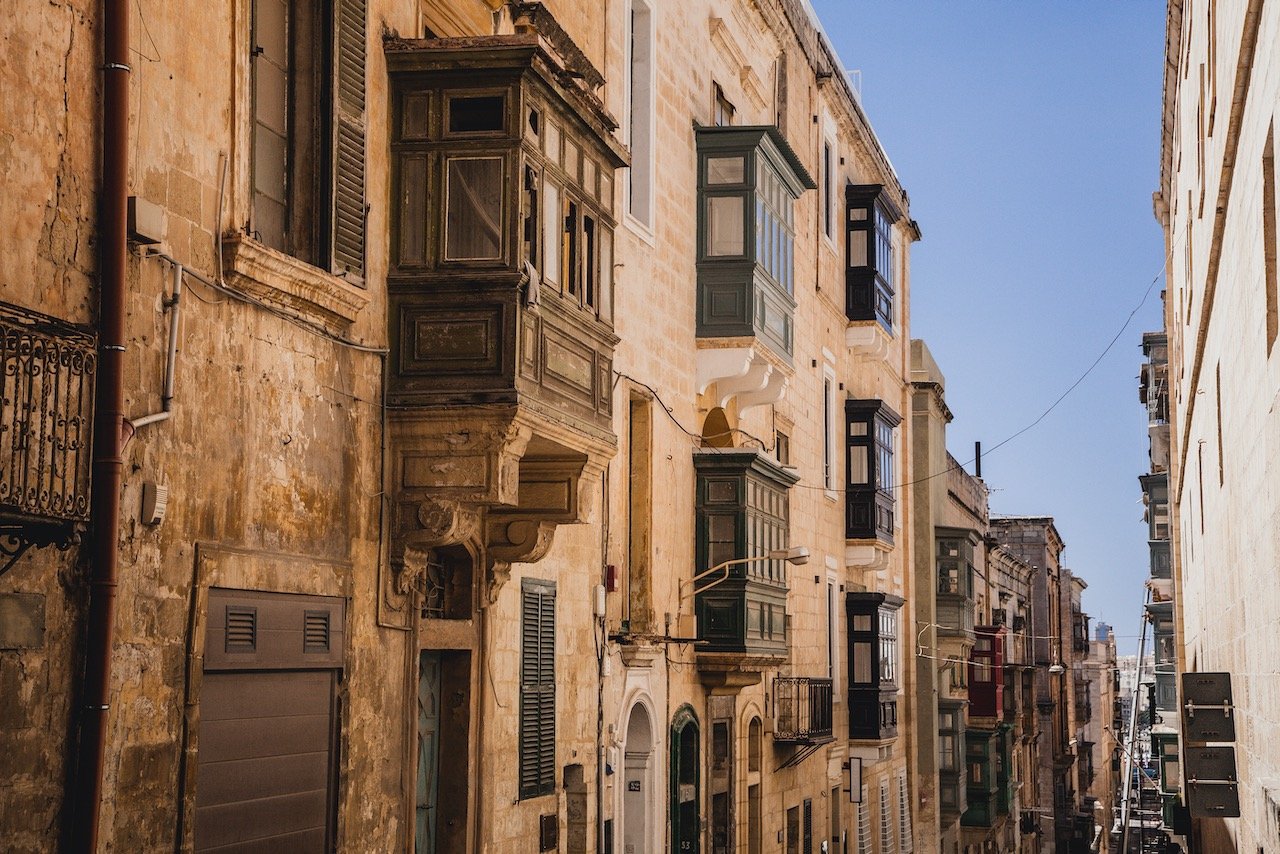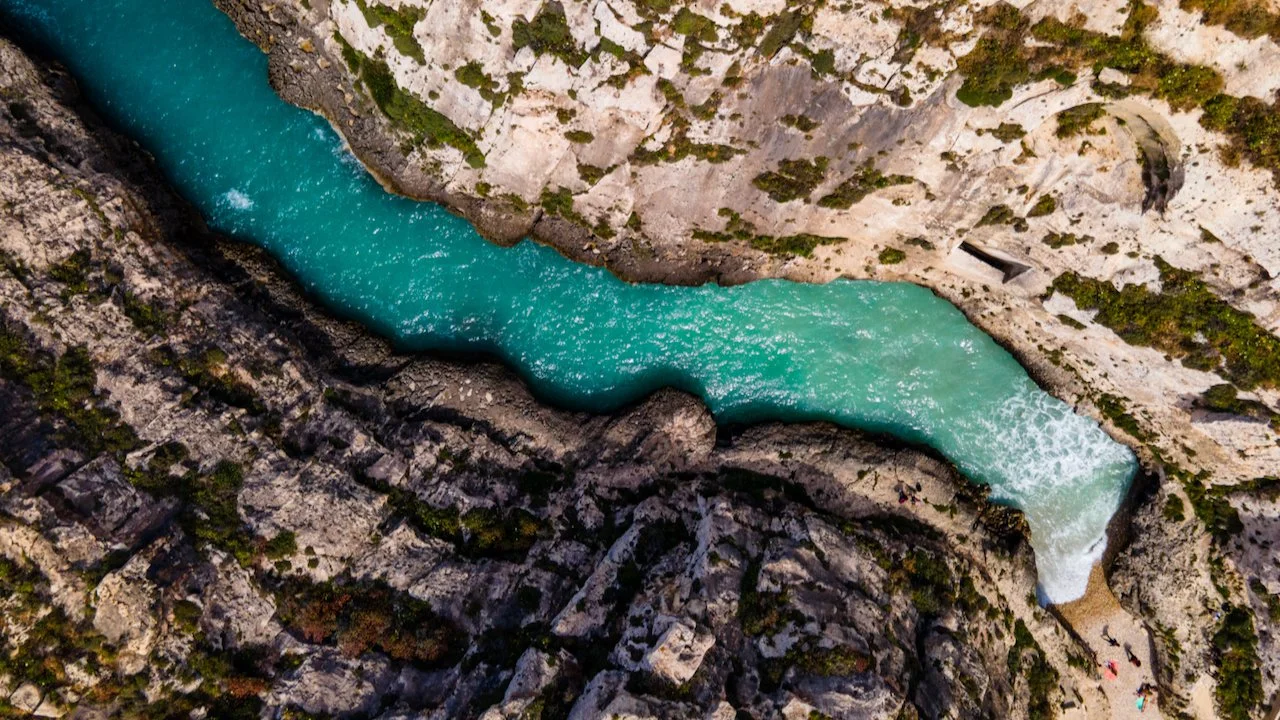A Tour through Valletta, the Capital City of Malta
(Some links in this post are affiliate links. If you click through and take action, I'll be compensated.) If you are also interested in any PRINTS from any of my posts, be sure to check out my store where you can buy prints as posters, in metal/wooden frames or on canvas.
Valletta is the capital city of Malta, and where the highest concentration of Maltese live. It is the southernmost capital of Europe and is the EU’s smallest capital city. Due to Malta’s strategic location in the Mediterranean Sea, it has often been the site of sieges and battles from warring factions.
Given the influences of such a plethora of cultures, the architecture of Valletta is a mixture of Baroque, Mannerist, Neo-Classical, and Modern Architecture. As a result, the city was awarded UNESCO World Heritage status in 1980.
I stayed here in Valletta during my entire stay and used it as a launching off point during my trip. In fact, I found the public transportation system that encompasses Malta, originating from Valletta to be reliable, cheap, and very convenient.
You can see all my Malta related blog posts below:
Valletta (A Tour through Valletta, the Capital City of Malta)
Mdina (A Guide to the City of Mdina in Malta)
The Island of Malta (A trip to the archipelago of Malta: The Main Island)
The Island of Gozo (A trip to the archipelago of Malta: The Island of Gozo)
The Island of Comino (A trip to the archipelago of Malta: The Island of Comino)
Summary (A Guide to Malta: Valletta, Mdina, Gozo, Comino, and Malta)
Check out my drone video of Malta below!
How to get to Valletta
Since Malta is an island, the most convenient way to get there is via Malta International Airport (Airport Code: MLA), the only airport in the country. Flights arriving here originate from all over the Mediterranean.
Once you have landed, you are only 9 km away from Valletta. From the airport you can take a:
Taxi - Will run you about 30 Euros. Can also use a rideshare such as Uber or Bolt (download the apps before you arrive).
Bus - You can take the X4 bus between Valletta and the Airport. The ticket costs 2 Euros. The airport stop is called ‘Birzebbuga’ (X4 Bus Timetable here).
Shuttle Bus - Usually booked through your hotel or accommodation, and costs from 6 Euros and higher. You can use MaltaTransfer to book this.
Rental Car - The most flexible way to get around Malta, but perhaps not necessary given how accessible the bus network is.
If you find yourself in Italy and want to take a trip to Malta, there are a number of ferry companies with different origins that take you right to Valletta. These origins and ferry companies are:
Civitavecchia (80 km north of Rome) - Grimaldi Ferries
Pozzallo (Sicily) - Virtu Ferries
Genoa/Livorno (Northern Italy) - Viamare
Palermo (Sicily) - Grandi Navi Veloci



